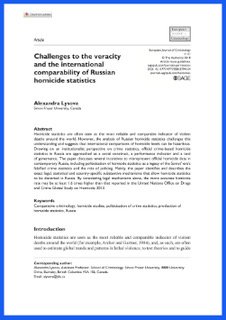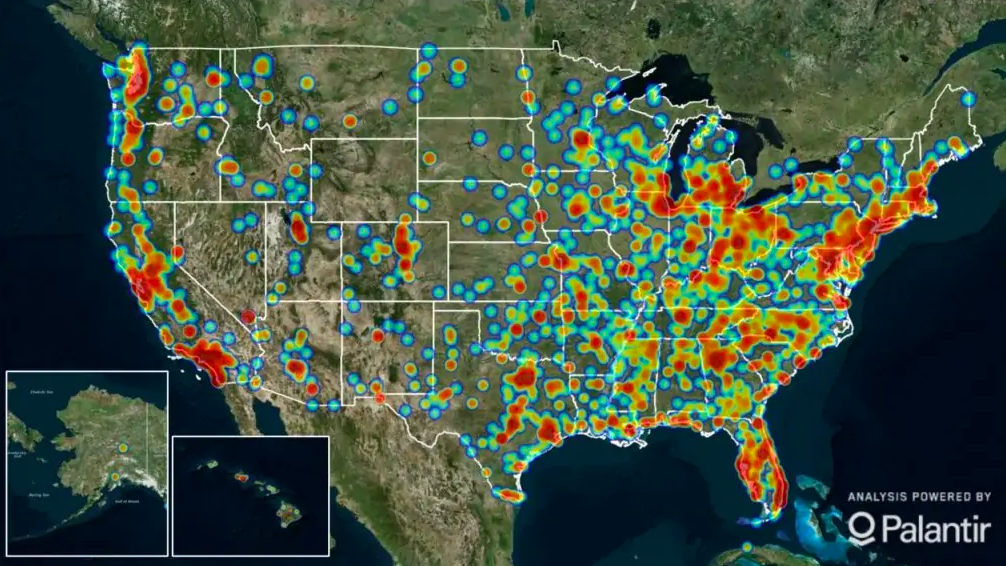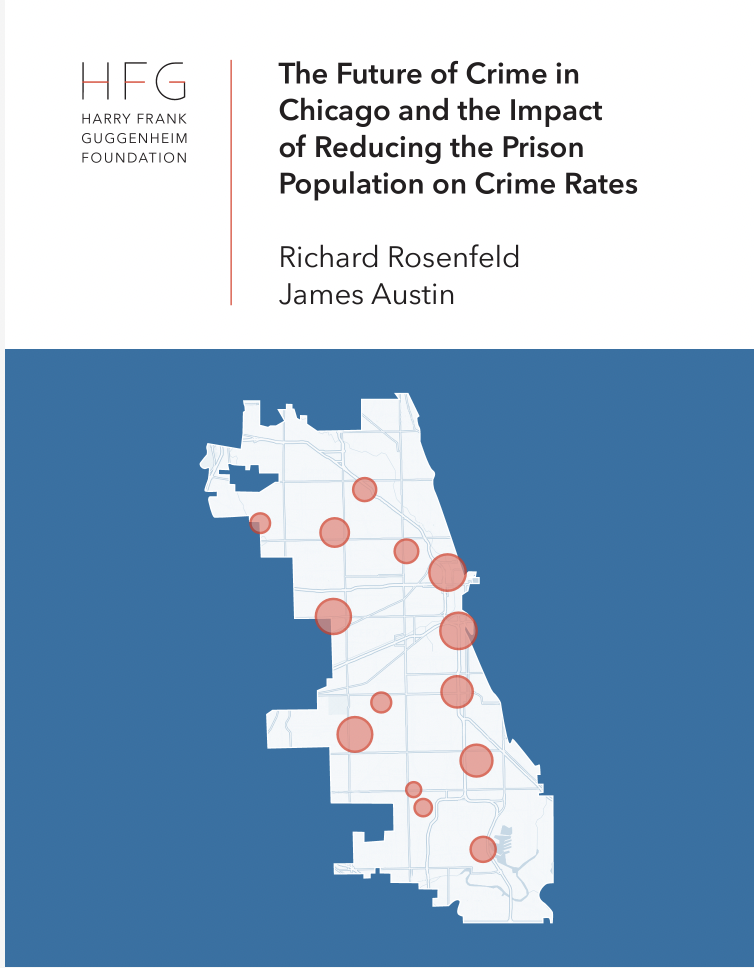By Esteban Morales, Jaigris Hodson, Yimin Chen, Chandell Gosse, Kaitlynn Mendes, George Veletsianos
Gender-based technology-facilitated violence and abuse (GBTFVA) is a common experience for those engaging with digital technologies in their everyday lives. To better understand why GBTFVA persists, it is necessary to understand the false beliefs and cultural narratives that enable and sustain them. Drawing on the literature on rape myths, this paper explores the prevalence of seven gender-based online violence myths among Canadian men. To achieve this, we adapted the Illinois Rape Myth Acceptance (IRMA) (Payne et al., in J Research in Personality 33:27–68, 1999) to assess GBTFVA, and surveyed 1,297 Canadian men between 18 and 30 years old on their GBTFVA beliefs. Our results show that GBTFVA myths and cultural narratives are prevalent across participants, though endorsement levels vary. Four myths were more strongly endorsed: It Wasn’t Really Gender-Based Online Abuse, He Didn’t Mean To, Gender-Based Online Abuse Is a Deviant Event, and She Lied. Overall, these findings help to name and thus begin to address the narratives that sustain and perpetuate gender-based online violence.
Sex Roles (2024) 90:1521–1533 https://doi.org/10.1007/s11199-024-01514-w











